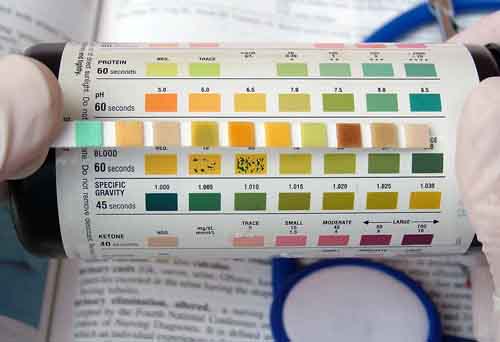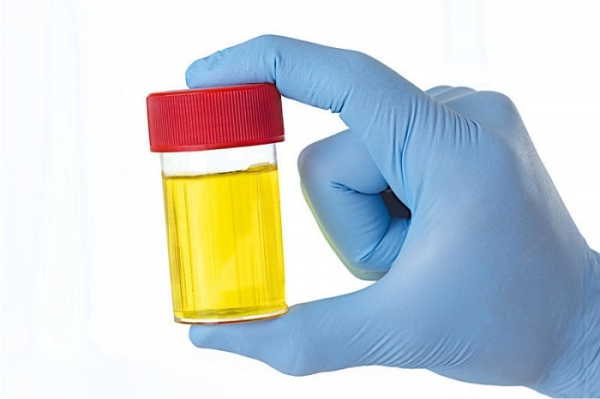At some point in our lives, most specially if we feel a little off, we’ve experienced giving urine samples to the laboratory, right?
These urine samples are needed for urine tests, which are used for things like testing for particular diseases (like, urinary tract infection) or monitoring their progress. But urine test results are usually just one of several possible tests that can be done to diagnose or rule out diseases. Here we describe various urine tests, what they can test for, and what the results mean.
A urine test assesses different components of urine, a waste product made by the kidneys. What you eat and drink, how much you exercise, and how well your kidneys work can affect what is in your urine.
A regular urinalysis often includes the following tests:
- Color. Many things affect urine color, including fluid balance, diet, medicines, and diseases. How dark or light the color is tells you how much water is in it. Vitamin B supplements can turn urine bright yellow. Some medicines, blackberries, beets, rhubarb, or blood in the urine can turn urine red-brown.
- Clarity. Urine is normally clear. Bacteria, blood, sperm, crystals, or mucus can make urine look cloudy.
- Odor. Urine does not smell very strong, but it has a slightly “nutty” odor. Some diseases cause a change in the odor of urine. For example, an infection with E. coli bacteria can cause a bad odor, while diabetes or starvation can cause a sweet, fruity odor.
- Specific gravity. This checks the amount of substances in the urine. It also shows how well the kidneys balance the amount of water in urine. The higher the specific gravity, the more solid material is in the urine. When you drink a lot of fluid, your kidneys make urine with a high amount of water in it, which has a low specific gravity. When you do not drink fluids, your kidneys make urine with a small amount of water in it, which has a high specific gravity.








